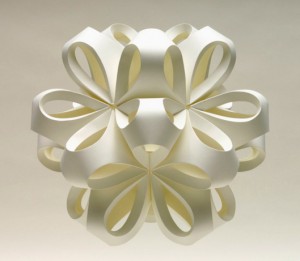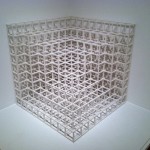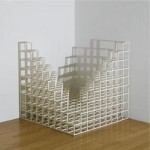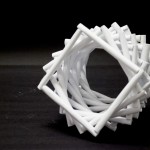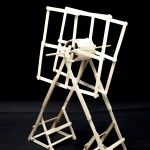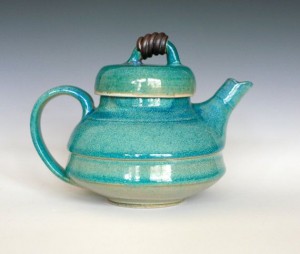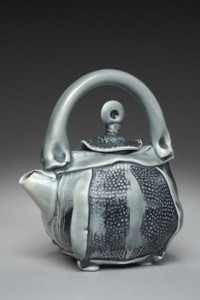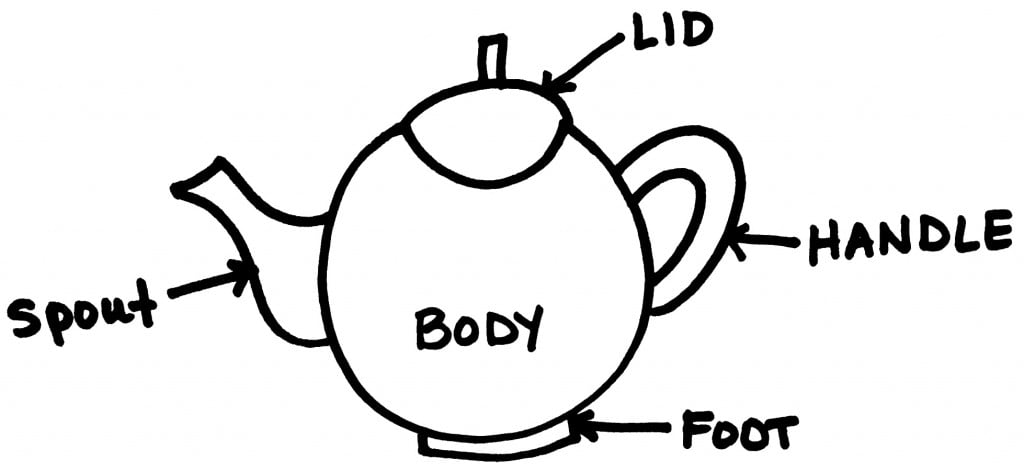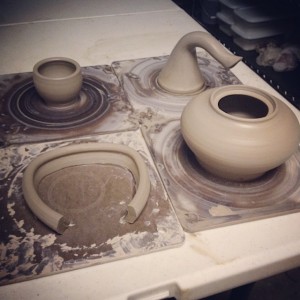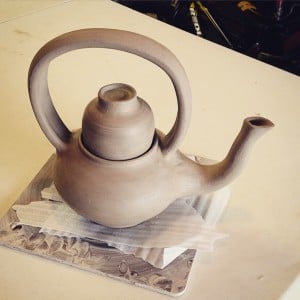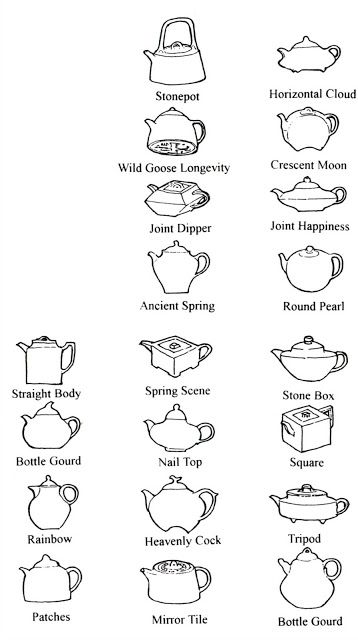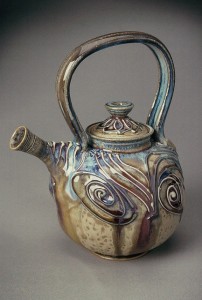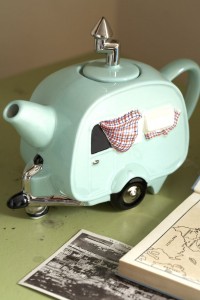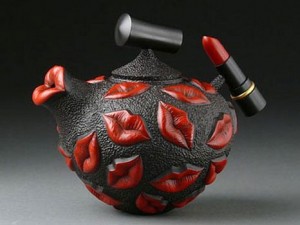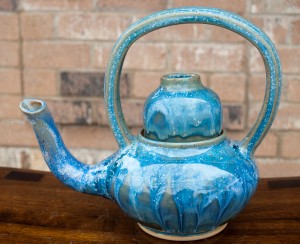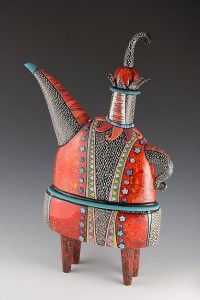Consider the Elements and Principles of 3D Art & Design.
- Generating Ideas:
- Choose 3 areas to work on in the Studio Habits of Mind Rubric.
- Begin by exploring this new material.
- Try out different ways to manipulate, cut, attach, and glue the pieces together.
- Researching:
- Think about your Theme/Subject
Google Search: Styrofoam Cup Sculpture
Google Search: Styrofoam Cup Relief - What type of sculpture do you want to make?:
1. Relief: Sculpture that extends from a surface, like the wall
2. In the Round: Sculpture that can be viewed from all sides - What techniques will you use?
- Think about your Theme/Subject
- Visual Development
Create a sketch in your sketchbook for your design. - Final Design
Requirements:
Must create an artwork that shows:
a. experimentation with materials
b. intentional Positive & Negative Space development
c. completed artwork with a completed design
d. artwork is interesting from all sides
e. Constructed neatly and carefully - Refinement:
- When you have completed the majority of your project, make sure you begin refining your design. Think about the following things:
- Clean up your glue areas, making sure there are no messy areas that is tract from your design.
- Make sure that you have GOOD CRAFTSMANSHIP in your cut out areas.
- Make sure that you have GOOD CRAFTSMANSHIP when gluing/attaching the project together (construction). Ask three people around the room if they notice any areas that need attention.
- Continue to analyze your project to see if any areas need to be refined or changed to fit the project rubric requirements (refer to the Studio Habits of Mind and your chosen 3 areas).
- When you have completed the majority of your project, make sure you begin refining your design. Think about the following things:
- Evaluation:
- Turn in pictures of your completed work on Your Edublogs.org Blog.




